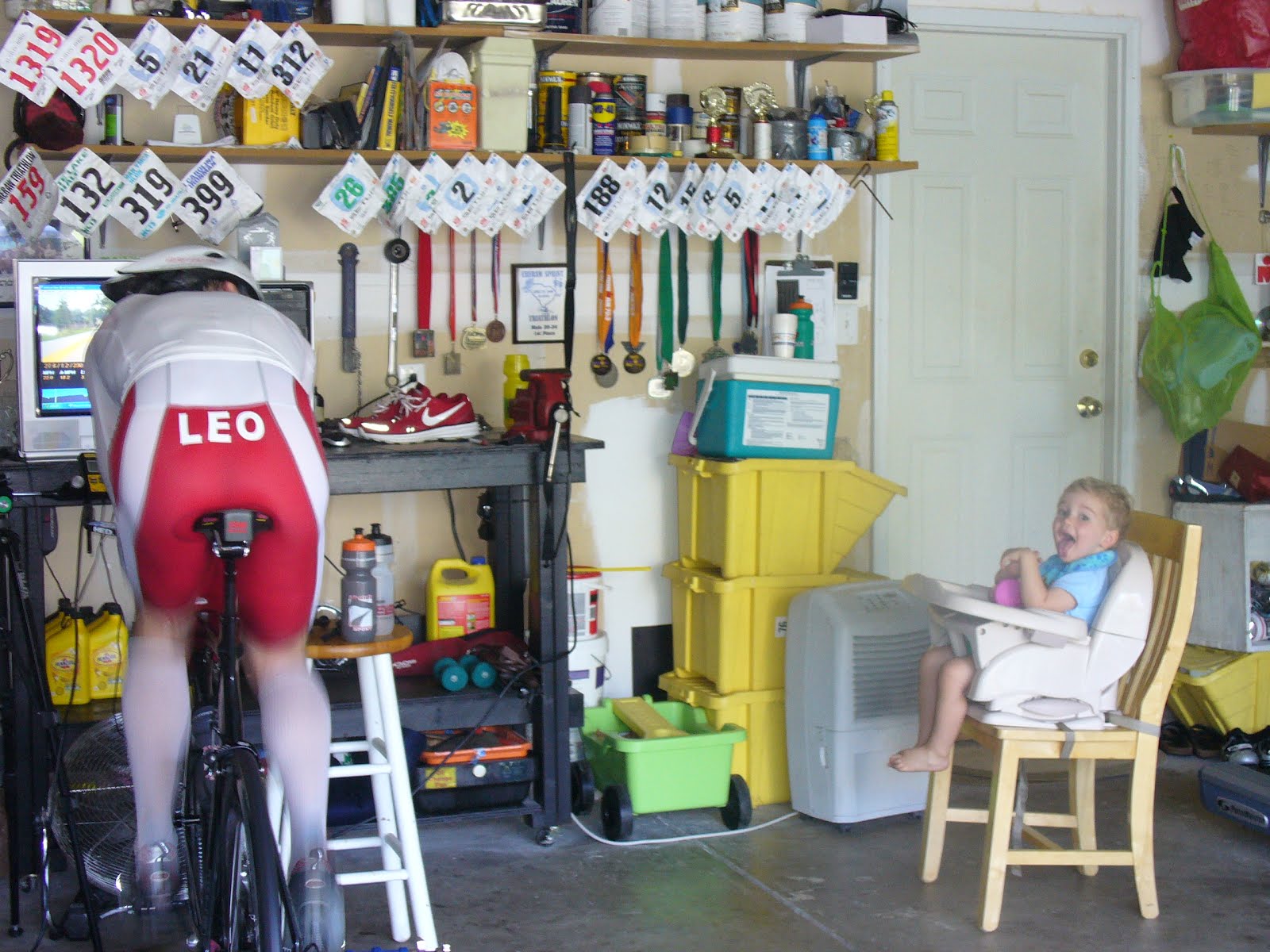No joke, over night Luke went from some impressive Skuut 'glides' (pushing with the feet and then picking them up to glide) to bombing down the hills as you can see below. A must have 'training tool' for your little ones :) Dad was super impressed with this!
I am finally beginning to feel somewhat back on track post the surgery back in February to the medial meniscus. I was really not expecting to be so far from 'race form' in April/May 2010, but grateful that I can run.
For 2010 I have been focusing on re-establishing my fitness within the confines of the "Ironman in 10" (aka, "The Project", "IM in 10 hours of training/week", etc.) methods I outlined from 2009. It is interesting and exciting to see many jumping on board with this training approach. I have noticed several well known coaches brand this and that further validates its legitemacy.
So, for 2010 I plan to still use this relatively new approach to training to further my game in the sport of triathlon. As some may recall, I believe one can experience some significant gains in both short and long course racing when focusing in on a balanced use of high intensity training. This blog focuses on making the most out of each training day. Time is an incredibly valuable asset and I want to make sure I use it wisely. Thus, the creation of the "Ironman in 10" blog and training methods.
Below is a screen capture of my most recent Lactate Balance Point (LBP) Test, which I use extensively in my training:

From this data one can work below, at, or above LBP. For base building I opt to work at a wattage range that ellicits an HR response that is at least 10 to 20 bpm below LBP. When I want to improve my steady state (lactate produced equals lactate assimilated) I dial in at training within my LBP HR. Lastly, when I want to train my energy systems to work at an intensity that exceeds my bodies ability to use lactate efficiently (more lactate produced then assimilated) I roll at LBP plus 5 to 20 bpm. Most will begin to crumble and deplete precious glycogen stores at this intensity range.
An example of training within these confines can be seen below. You will now see why I called this blog entry a 'Potpouri of Lactate':

In this workout the focus was to work at varying intervals from long/progressive watts, short/higher watts, to moderate/lower watts. The key was to modify these intervals around a HR response that targeted LBP to LBP plus 5 bpm. So, per my LBP of 160 bpm these intervals peaked at 160 or went just above 160 bpm.
To further validate my LBP I will be conducting a "LBP Validation" test on myself. The goal here is to operate at a HR that is approximately 10 bpm below LBP, at LBP, and then 10 bpm above LBP. I will be drawing blood three times (3 x 5 min) at each intensity to capture lactate response. What I should see is a relatively steady lactate response at the first two stages noted above and then a steady increase in the third stage. This test will further validate the numbers I derive from my LBP testing and help refine racing strategy.
Case in Point: One cannot solely focus on power output when racing. If the weather conditions equate to 95 degrees, head winds of 30 mph, and humidity that reflects a rainforest you must be prepared to modify wattage goals accordingly. In other words, if you have found 200 watts is your uppper limit for Ironman pacing you may have to drop it down to 180 to maintain a HR response that is at or below your LBP. If one does not do this they are destined to find the last 30 miles of the bike leg to be far more challenging AND the run to be a potential 'walk fest'.
The next post will focus on the LBP Validation test.
Enjoy the day and the training!
Coach L
